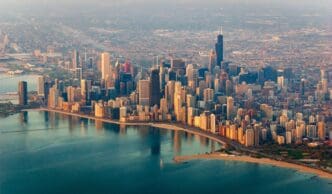For any traveler, whether a first-time visitor or a seasoned Francophile, crafting the perfect Paris itinerary can feel like a monumental task. This three-day guide is designed for those looking to capture the essence of the French capital, blending its unmissable landmarks with the authentic charm of its neighborhoods. It offers a strategic plan for navigating the city’s key attractions—from the Louvre and Eiffel Tower to the cobblestone streets of Montmartre—while embracing the Parisian art of living. By organizing your time geographically, you can maximize your experience, minimize travel stress, and create a memorable long weekend in the City of Light, best enjoyed during the pleasant spring and autumn months but magical year-round.
Getting Your Bearings: Navigating Paris Like a Local
Understanding the layout of Paris is the first step to conquering it. The city is divided into 20 administrative districts called arrondissements, which spiral out clockwise from the center. The River Seine elegantly splits the city into the Rive Droite (Right Bank) to the north and the Rive Gauche (Left Bank) to the south, each with its own distinct personality.
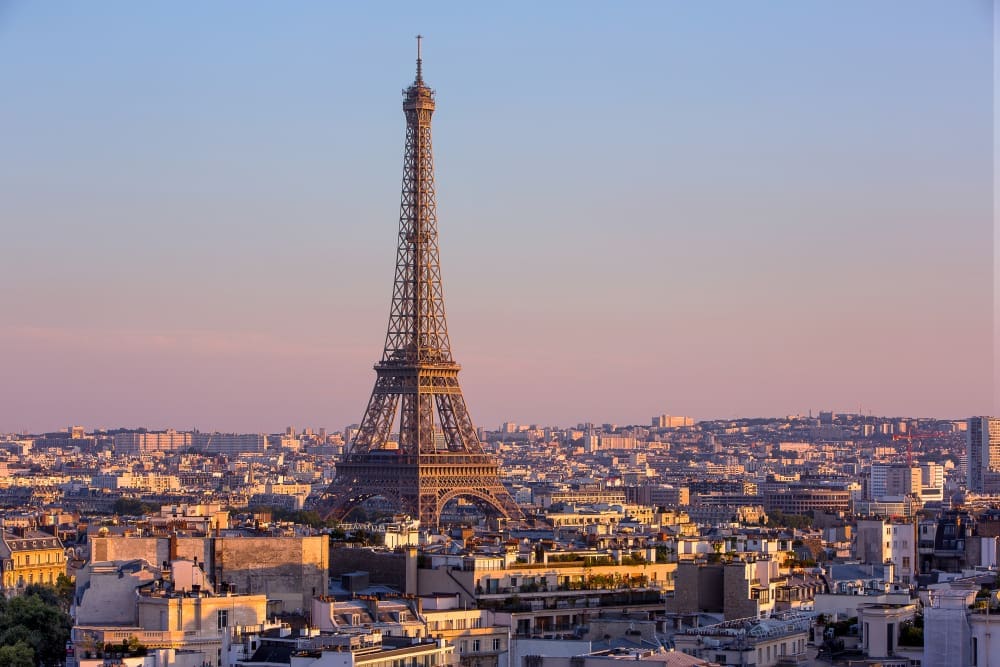
The Paris Métro is a marvel of public transportation and your best friend for this itinerary. Its dense network of lines makes getting around efficient and affordable. Consider purchasing a Navigo Découverte weekly pass if you arrive between Monday and Thursday, or buy a carnet of 10 single-use tickets for flexibility. Walking, however, remains the best way to uncover the city’s hidden courtyards and charming side streets.
For museum lovers, the Paris Museum Pass is an invaluable tool. It grants access to over 50 museums and monuments, including the Louvre, Musée d’Orsay, and the Arc de Triomphe, often allowing you to bypass the lengthy ticket queues. While it requires an upfront investment, the time saved is well worth the cost, especially on a tight schedule.
Day 1: The Iconic Heart of the Right Bank
Morning: The Louvre Museum and Tuileries Garden
Begin your Parisian adventure at the world’s largest art museum, the Louvre. To avoid the largest crowds and ensure entry, booking your ticket and time slot online well in advance is non-negotiable. Once inside the iconic glass pyramid, resist the urge to see everything. Instead, focus on a few key masterpieces to avoid museum fatigue.
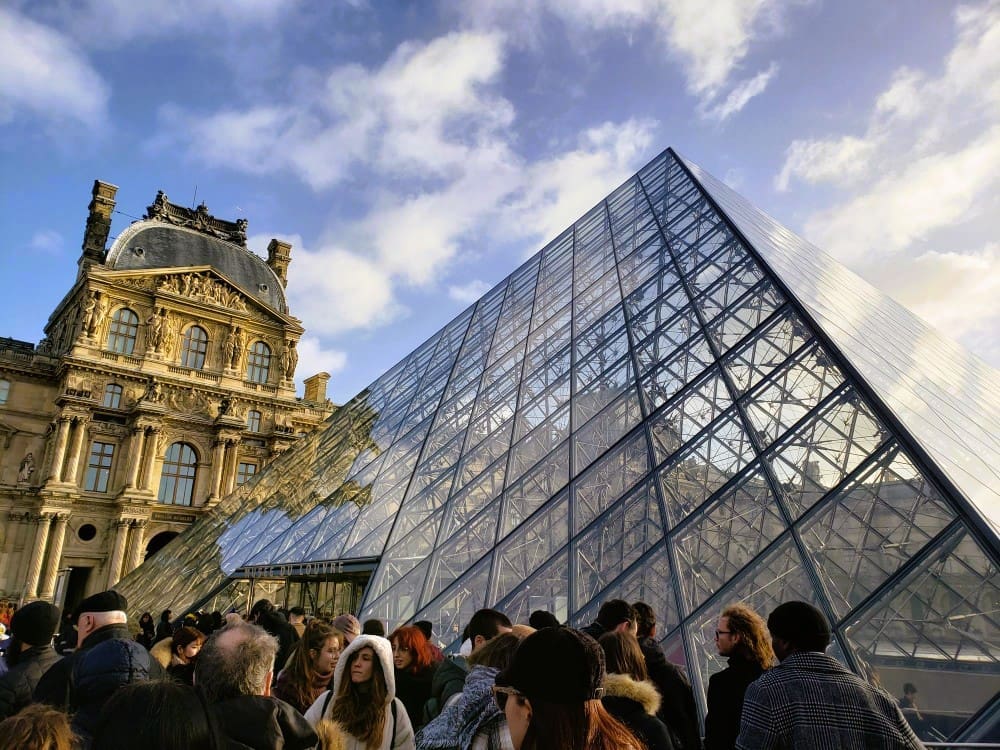
Make your way to the Denon wing to see Leonardo da Vinci’s enigmatic Mona Lisa and the majestic Winged Victory of Samothrace. In the Sully wing, you can find the ancient Greek statue, the Venus de Milo. Beyond these icons, allow yourself to wander through the lavish apartments of Napoleon III or the Egyptian antiquities section for a glimpse into different worlds.
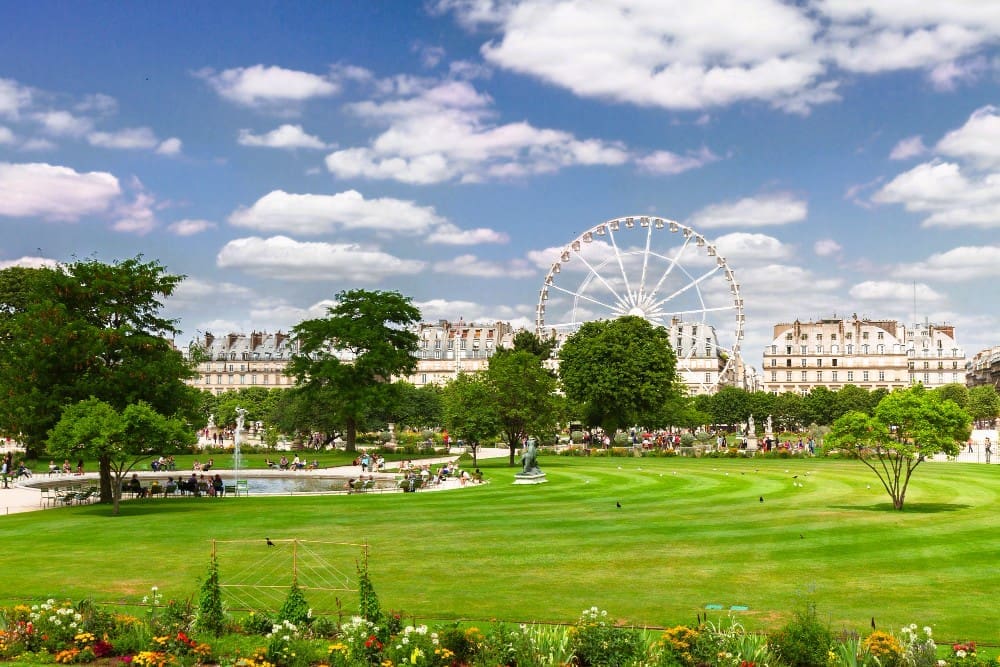
After your cultural immersion, step outside into the Jardin des Tuileries. This formal garden, designed by Catherine de’ Medici’s landscape architect, provides a perfect green corridor connecting the Louvre to the Place de la Concorde. Find one of the classic green metal chairs and take a moment to relax by the grand basin, watching Parisians and tourists stroll by.
Afternoon: Champs-Élysées and the Arc de Triomphe
Your walk through the Tuileries will lead you directly to the Place de la Concorde, a historic square famous for its Egyptian obelisk and ornate fountains. From here, gaze up the most famous avenue in the world: the Avenue des Champs-Élysées. Begin your ascent towards the Arc de Triomphe, passing by luxury boutiques, flagship stores, and bustling cafés.
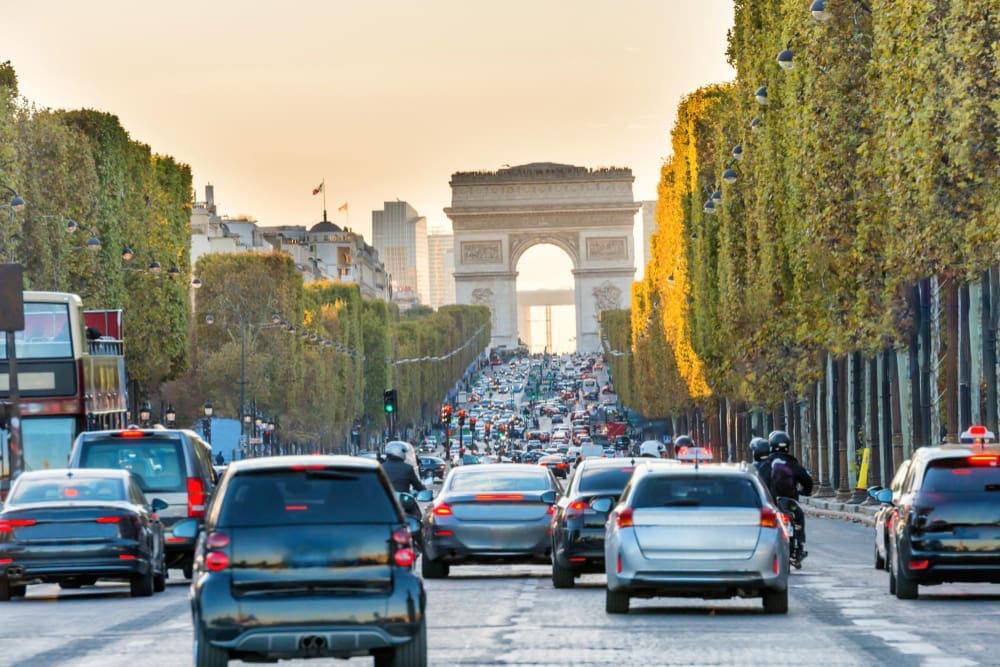
At the western end of the avenue stands the monumental Arc de Triomphe. Commissioned by Napoleon in 1806 to honor the French army, this arch is more than just a photo opportunity. Purchase a ticket to climb the 284 steps to the top. The panoramic view from the observation deck is one of the best in Paris, offering a stunning perspective of the 12 avenues radiating out from the Place Charles de Gaulle in a perfect star shape.
Evening: Bohemian Montmartre
As evening approaches, take the Métro to the 18th arrondissement for a complete change of scenery in Montmartre. Emerge at the Abbesses station and wander through the winding, hilly streets that once housed artists like Picasso, Van Gogh, and Renoir. Make your way to the Place du Tertre, the neighborhood’s lively main square, where portrait artists and caricaturists set up their easels.
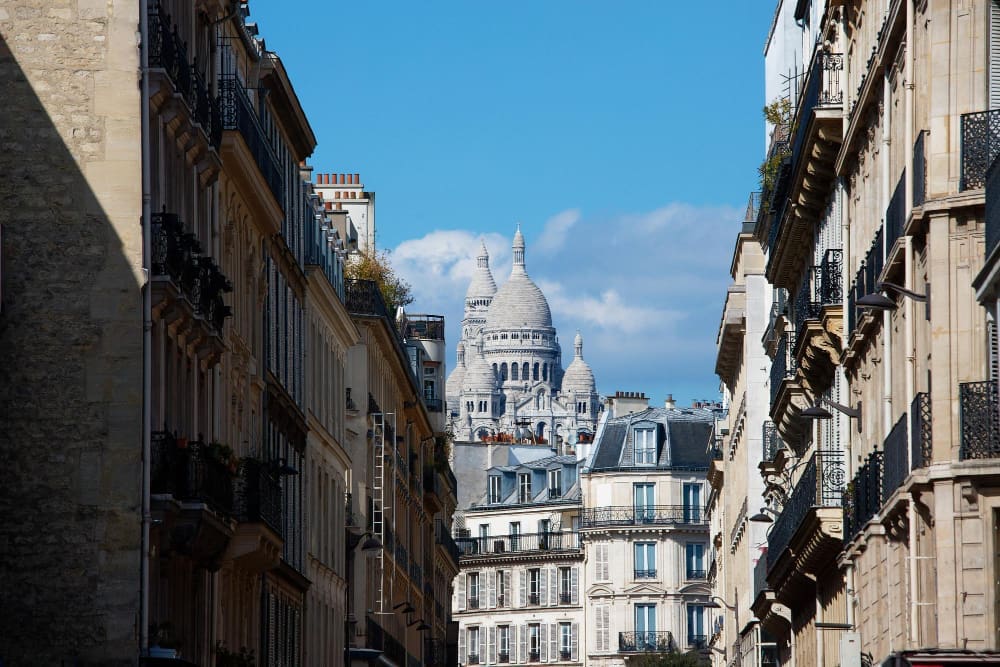
Crowning the hill is the magnificent Sacré-Cœur Basilica. Its white travertine stone glows at sunset, and the steps in front of the church offer a sweeping, romantic view of the entire city below. After soaking in the vista, find a traditional bistro in the surrounding streets for dinner. This is the perfect place to enjoy classic French comfort food like onion soup or duck confit in a cozy, historic setting.
Day 2: Island Life and Left Bank Charm
Morning: Île de la Cité and Sainte-Chapelle
Start your second day on the Île de la Cité, the natural island in the Seine that is the historical and geographical center of Paris. Your first stop should be Sainte-Chapelle, a masterpiece of Gothic architecture. While its exterior is modest, its interior contains one of the world’s most breathtaking collections of 13th-century stained glass, depicting over 1,000 biblical scenes. Visit in the morning to see the light stream through the vibrant panes.
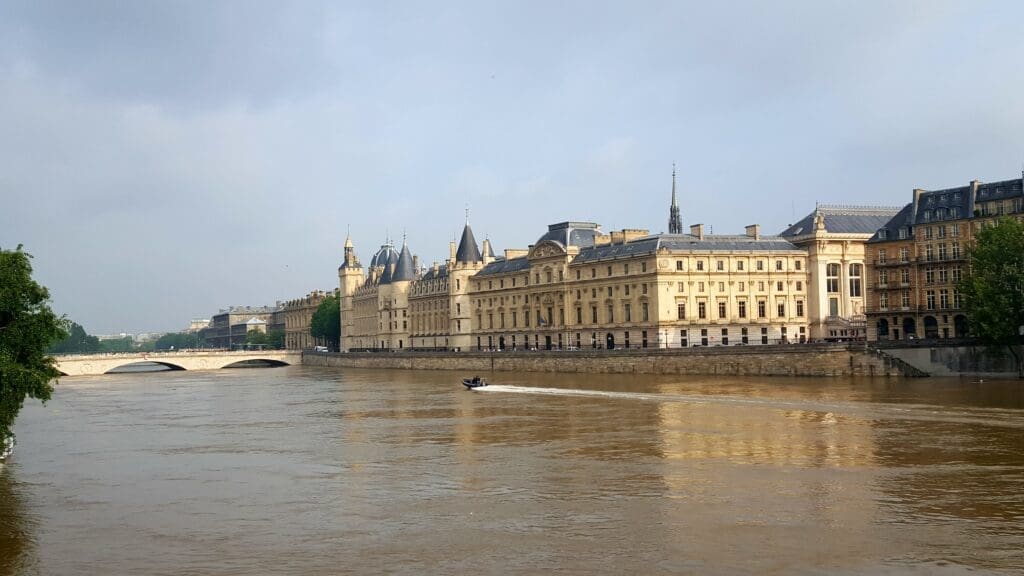
Nearby stands the iconic Notre-Dame Cathedral. While the interior remains closed for restoration following the 2019 fire, witnessing the resilience of this 850-year-old landmark from the outside is a powerful experience. Walk around its perimeter to appreciate the flying buttresses and the ongoing efforts to bring it back to its former glory.
Afternoon: The Latin Quarter and Luxembourg Gardens
Cross the bridge to the Left Bank and immerse yourself in the intellectual energy of the Latin Quarter. Home to the Sorbonne University, this neighborhood has a vibrant, youthful atmosphere with its narrow medieval streets, bookshops, and affordable cafes. Meander towards the Panthéon, an imposing neoclassical mausoleum where French national heroes like Victor Hugo, Voltaire, and Marie Curie are buried.
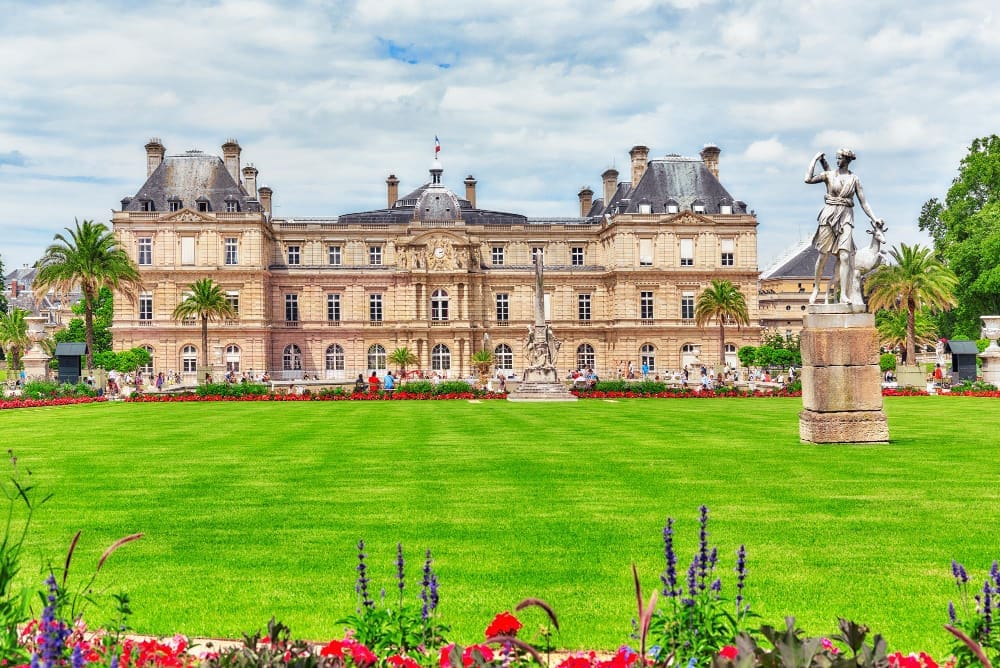
Afterward, seek tranquility in the nearby Jardin du Luxembourg. These sprawling gardens, commissioned by Queen Marie de’ Medici, are a favorite Parisian escape. Admire the Luxembourg Palace, sail a toy boat on the Grand Bassin, or find a quiet bench near the ornate Medici Fountain. It’s the perfect spot for an afternoon pause.
Evening: Saint-Germain-des-Prés and a Seine Cruise
As dusk settles, explore the adjacent neighborhood of Saint-Germain-des-Prés. This area was the epicenter of post-war existentialism, and its legendary cafés, Les Deux Magots and Café de Flore, still buzz with intellectual and artistic history. The neighborhood is now known for its high-end art galleries, antique shops, and fashion boutiques.
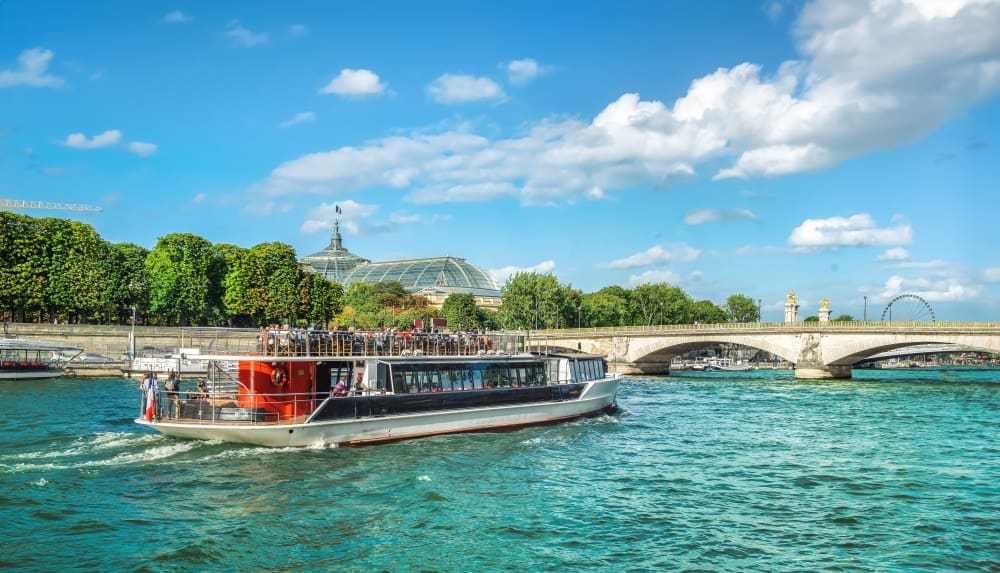
For a truly magical evening, consider a sunset cruise on the Seine. Companies like Bateaux-Mouches or Vedettes du Pont Neuf offer one-hour tours that glide past the city’s illuminated monuments, including the Louvre, Musée d’Orsay, and a glittering Eiffel Tower. Seeing Paris from the water provides an unforgettable perspective and a romantic conclusion to your day.
Day 3: Modern Art, Iron Marvels, and Le Marais
Morning: The Eiffel Tower and Musée d’Orsay
Dedicate your final morning to two of Paris’s most celebrated attractions. Begin at the Eiffel Tower. To avoid disappointment, you must book tickets online, often weeks or even months in advance, especially if you wish to go to the summit. Whether you ascend to the top for breathtaking views or simply admire its iron lattice from the Champ de Mars park below, its presence is awe-inspiring.
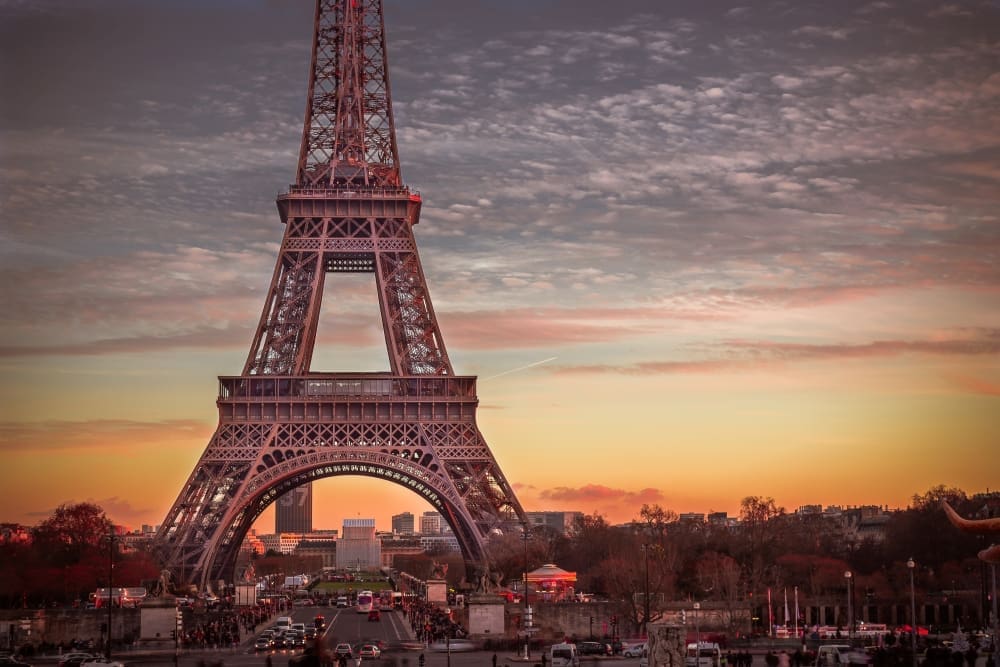
After your visit, cross the Pont d’Iéna to the Musée d’Orsay. Housed in a magnificent former Beaux-Arts railway station, the Gare d’Orsay, this museum is home to an unparalleled collection of Impressionist and Post-Impressionist masterpieces. Walk through galleries filled with works by Monet, Manet, Degas, Renoir, Cézanne, and Van Gogh. The building itself, with its grand clock and airy central hall, is as much a work of art as the collection it holds.
Afternoon: The Historic Streets of Le Marais
Spend your final afternoon exploring Le Marais, one of Paris’s most dynamic districts. This area spans the 3rd and 4th arrondissements and beautifully blends pre-revolutionary aristocratic mansions with a trendy, modern vibe. Start at the Place des Vosges, the city’s oldest planned square, with its harmonious red-brick architecture and arcaded walkways.
Le Marais is also home to the Picasso Museum and the Carnavalet Museum, which details the history of Paris. For a taste of local life, head to the Rue des Rosiers, the heart of the historic Jewish quarter. Here, you can browse the bakeries and delis and queue for what many consider the best falafel in the city at L’As du Fallafel.
Evening: A Farewell Parisian Dinner
For your last night in Paris, choose a dining experience that suits your style. You could return to a classic brasserie in Saint-Germain for a grand finale of steak-frites and profiteroles, or seek out a more contemporary, chef-driven restaurant in the increasingly foodie 11th arrondissement.
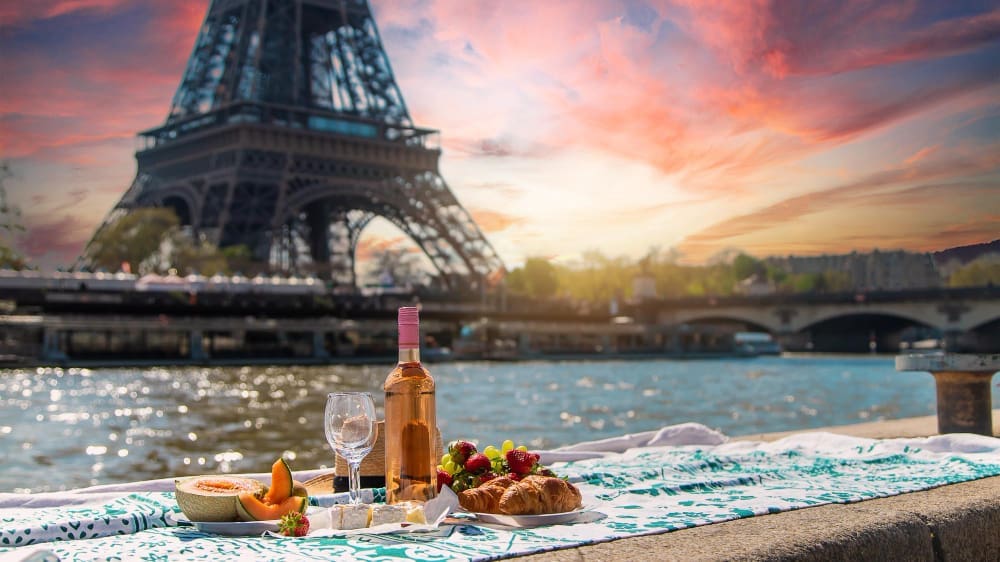
Alternatively, for a more bohemian farewell, explore the Canal Saint-Martin area. This neighborhood offers a more local, relaxed atmosphere, with charming waterside bistros and wine bars. A final stroll along the iron footbridges of the canal is a perfect, peaceful end to your Parisian journey.
A Final Thought on the City of Light
This three-day itinerary offers a structured yet flexible path through the heart of Paris. It covers the essential sights while leaving room for the spontaneous discoveries that make travel so rewarding—a hidden courtyard, a perfect croissant, or a quiet moment on a park bench. Paris is a city that cannot be fully conquered in a single trip; it merely invites you back. Use this guide as your starting point, but let the city’s magic guide your steps, and you will leave with memories that last a lifetime.






